Microfluidics Blog Posts
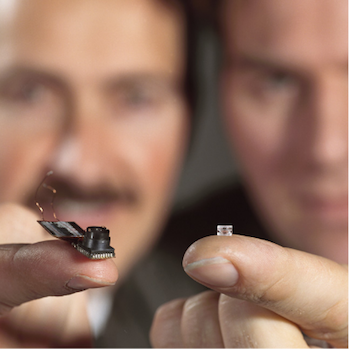
Focusing on an Electrowetting Lens
Simulation can be used to test different viscosity values and analyze the physics of electrowetting lenses, such as those used to change the view angle of cameras.
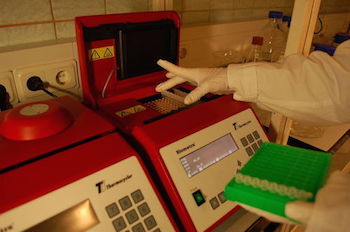
Creating Ultrafast Polymerase Chain Reaction Tests with LEDs
Researchers at the University of California, Berkeley, used simulation to develop an LED-based polymerase chain reaction system that shows potential for point-of-care testing. Get the full story.
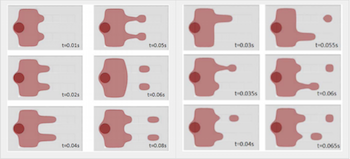
Simulating Analog-to-Digital Microdroplet Dispensers for LOCs
University of Bridgeport researchers designed a high-throughput microfluidic droplet dispenser as an analog-to-digital microfluidic converter for use in lab-on-a-chip (LOC) applications.
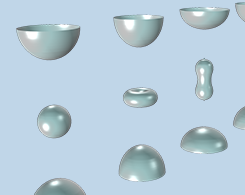
Tears of Wine and the Marangoni Effect
Have you ever noticed that when drinking a glass of wine, sometimes “tears” fall down in the inside of the wine glass? This is the Marangoni effect in action! Learn more and see examples…
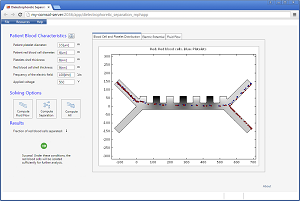
Dielectrophoretic Separation
Dielectrophoresis is a phenomenon in which an electric field is used to control the movement of electrically neutral particles. Learn about how to model this effect in both DC and AC fields.
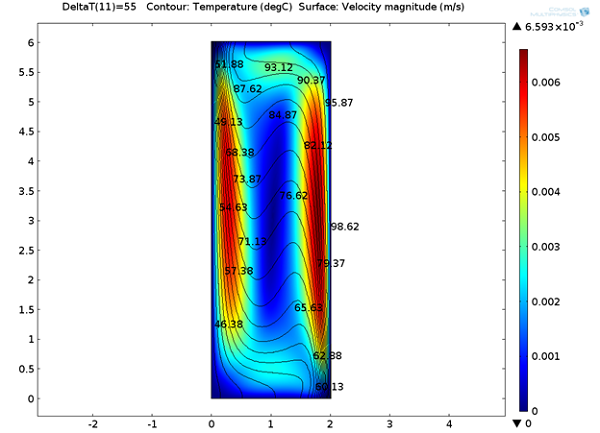
Buoyancy-Driven μPCR for DNA Amplification
True crime + simulation: The more DNA in a sample, the easier it is to accurately test and identify biomolecules, cells, and even an entire person during forensic investigations.
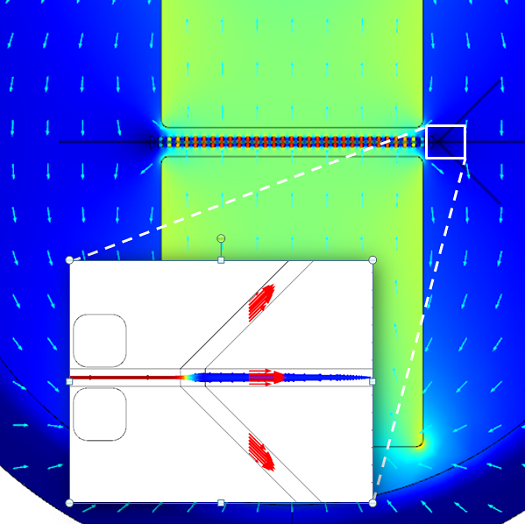
Red Blood Cell Separation from a Flow Channel
Lab-on-a-chip technology can be used to separate red blood cell via magnetophoresis — for example, motion induced by magnetic fields. Simulation can be used to optimize such devices.
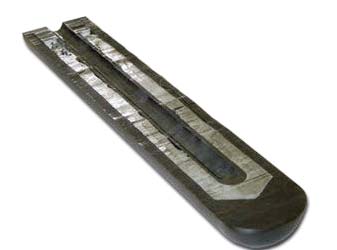
Thermometer Calibration: When Experimentation Falls Short
The International Temperature Scale of 1990 (ITS-90) is the industry calibration standard for measuring temperatures throughout the world. The National Physical Laboratory (NPL) works to establish and maintain the ITS-90 through experiments, most notably, thermometer calibration. To better understand and overcome the shortcomings of the experimental process, Jonathan Pearce, at the UK’s National Physics Laboratory, turned to simulation. His results yielded fascinating results about the microscopic behavior of the liquid-solid interface during the freezing process.
